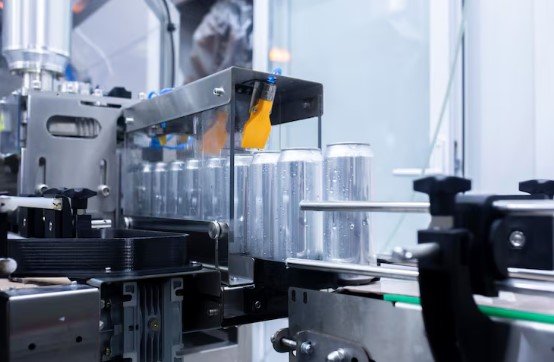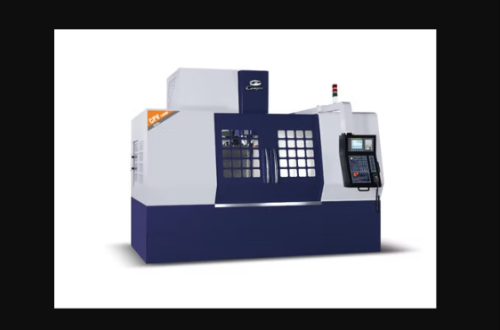Behind every efficient packaging operation lies a network of critical components working together in harmony. Whether it’s a carton sealer, case erector, strapping machine, or stretch wrapper, understanding the parts of a machine is essential for maintaining smooth operations and minimizing downtime. Every component, from belts and motors to sensors and safety switches, plays a role in ensuring that packaging equipment operates at peak efficiency. By understanding how these components function, maintenance teams can extend the lifespan of equipment and minimize costly interruptions on the production line.
In this blog, we’ll break down the essential machine parts across standard packaging equipment, helping plant managers, engineers, and technicians understand not only what they are but also why they matter.
Why Understanding Machine Parts Matters
Every production floor depends on precision. When a small component fails, it can halt the entire process, leading to production delays and revenue losses. Knowing the details of each part allows teams to:
- Identify problems faster
- Replace components proactively
- Ensure compatibility between OEM and aftermarket parts.
- Minimize repair costs and downtime.
A well-informed approach to machine parts is not just about fixing problems but about preventing them.
Key Parts of Carton Sealers
Carton sealers are the backbone of many packaging operations, ensuring consistent closure of corrugated boxes. Their critical parts include:
Belts and Drive Systems
These guide cartons smoothly through the machine. Worn belts can lead to misaligned sealing or inconsistent tape application.
Tape Heads
Responsible for applying adhesive tape, tape heads are often the first area of wear and require regular inspection and replacement.
Rollers and Guides
They stabilize cartons as they move through, ensuring accurate sealing. Damaged rollers can cause uneven tape placement.
Sensors
Sensors detect the presence of cartons and control when sealing starts or stops. Misaligned sensors can lead to jamming or the waste of materials.
Essential Components of Case Erectors
Case erectors automate the process of forming boxes before they are filled. Their most important parts include:
- Suction Cups and Vacuum Systems – Pull flat cartons open for forming.
- Folding Arms – Ensure each panel is creased properly.
- Hot Melt or Tape Applicators – Secure box bottoms for strength.
- Safety Guards – Protect operators while maintaining access for adjustments.
Regular checks on vacuum systems and folding arms can prevent production errors and ensure consistency.
Strapping Machine Parts
Strapping machines secure loads with plastic or steel straps. Key components include:
- Strap Feed and Tension Units – Regulate strap application pressure for stability.
- Heating Elements or Weld Heads – Bond straps together securely.
- Cutting Knives – Trim straps after sealing; dull blades can slow operations.
- Control Boards – Manage speed, heat, and strap length, requiring occasional recalibration.
Critical Parts of Stretch Wrappers
Stretch wrappers stabilize pallet loads with film. Their performance depends on the following parts:
Film Carriage Assembly
Holds and stretches the film. If tensioners fail, film can break or wrap unevenly.
Turntable or Rotary Arm
Provides the motion to wrap pallets evenly. Wear on gears or bearings can cause uneven rotation.
Pre-Stretch Rollers
Reduce film use while maintaining load security. Regular cleaning and inspection are crucial for efficiency.
Safety Sensors
Prevent accidents by stopping the machine if an obstruction is detected.
Best Practices for Machine Part Maintenance
To maximize uptime, consider these practices:
- Maintain a stock of critical spare parts.
- Schedule routine inspections and lubrication.
- Train staff to identify early warning signs of wear.
- Use OEM or high-quality aftermarket parts to ensure compatibility.
- Document all maintenance activity for tracking performance.
Conclusion
Understanding the components of a machine is more than a technical exercise—it’s a strategy for productivity, cost savings, and safety. Whether working with carton sealers, case erectors, strapping machines, or stretch wrappers, maintenance teams that prioritize component knowledge are better equipped to reduce downtime and extend equipment life.
For teams managing stretch wrappers specifically, knowing how to troubleshoot is equally vital. In fact, mastering Highlight industries pallet wrapper troubleshooting can make the difference between extended downtime and a quick, efficient return to operation.





